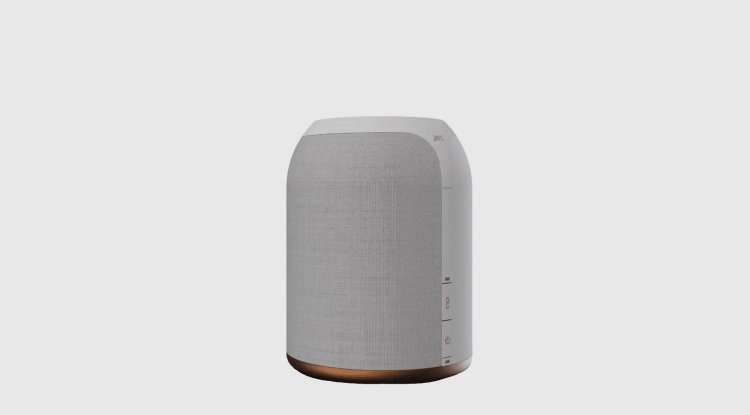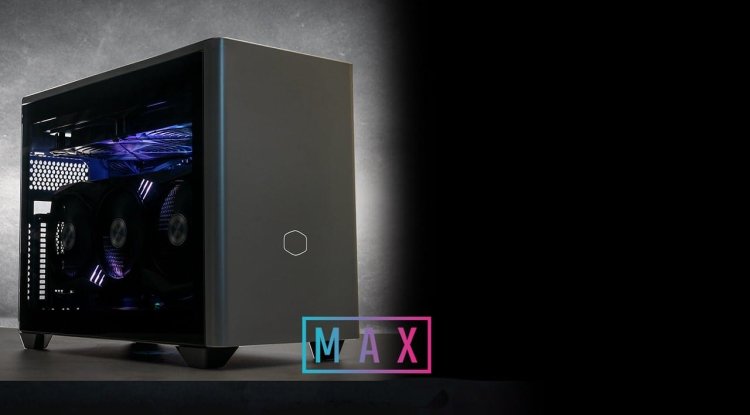Jays S-Living One multiroom speaker review

The Jays brand is one of the lesser-known manufacturers that can take you by surprise. After all, it has been demonstrating this for a long time, beginning with traditional wire plugs and progressing via intriguingly designed wireless models to Bluetooth and multiroom speakers, which is introduced for the first time in 2020.
This is due in part to the slightly greater price compared to the competition, but it should be noted that, as with other Scandinavian manufacturers, you usually receive a very basic and functional design, which is complemented by a range of top-grade materials.
The current Jays speaker lineup includes four models: the S-Go Mini, a small Bluetooth speaker in the shape of a puck, and the S-Go One, which has already been finished. The remaining three combine to form a network of wireless speakers.
The older couples like the larger home models S-Living One and S-Living Three, while the third model is the newer S-Living Flex, which includes a built-in battery.
Design and processing
As previously said, the speaker draws the eye at first glance due to its unusual shape of a cylinder with a rounded upper surface. The chosen material composition then emphasizes the entire processing and visual impression - black matt plastic is supplemented with black textiles and bronze components, including a tripod thread on the underside.
The spherical base features a fine substance on one side that avoids slippage on the substrate. Although the speaker appears to be an omnidirectional model, this is not the case.
The converters are turned forward and covered by a resonant fabric; on the back, there is a connector mounting, a hint for the transmission handle, and a grille covering the passive radiator and ventilation.
Everything fits perfectly, there is no will everywhere, nothing throws or crunches, and we are on our way to the top. The materials used are also not horrible; fingerprints do not stick to matte plastic very well, and if you wipe them with a microfiber cloth, you can quickly vacuum the dust from the fabric, making upkeep a breeze.
The recess on the back conceals three connectors: one for powering the speaker with the included adapter, another in the shape of a micro USB for charging, say, a mobile phone, and a socket for a 3.5 mm jack of an external audio source.
Controls and functions
The controls are located on the side and take the form of a pair of mechanical buttons for turning on and off the sound source.
The main control panel is positioned on the upper side in a cup-shaped depression and is completely tactile, while also recognizing motions. Unfortunately, in this regard, it must be emphasized that the control is not totally accurate - after all, this is a flaw shared by most of Jay's goods with touch control.
Furthermore, if you don't have a manual, gesture control can be confusing - you increase the volume with a circular motion. Unfortunately, the step is too large in this case, and the +/- buttons would be more useful.
The main play/pause button is in the center, and the four tags are then used to save the preset playlists on Spotify - but they cannot preserve a specific Internet radio. Add the switching of the sound profile by dragging from the III mark upwards to the I mark, which is not very accurate, to the movements and placements specified.
On the other hand, it is important to note that if you run the speaker in one location at home and discover the optimum sound settings, you nearly never have to touch it and can control everything from your phone.
Playback from an external audio source is described here in terms of functional equipment, via the Bluetooth interface (version 4.1), as well as via a wireless network utilizing Chromecast, AirPlay2, or Spotify Connect.
Everything works as it should using Bluetooth and an external source, and the connection is instantaneous. Connecting to a wireless network and configuring the speaker as a Chromecast device takes some time, but you won't need to make any changes after that.
A firmware level adjustment would most likely be a simple answer, however, the new version has yet to come. The speaker continuously updates itself and checks for firmware updates every four hours.
The initial switch-on, and each subsequent one if you detach the speaker from the power supply or manually switch it off, takes a little longer (about 30 s), after which the voice assistant alerts you that it is connected and ready to play. If you are not playing any music, the speaker will go into sleep mode and will be activated fairly soon by sending any audio source.





































